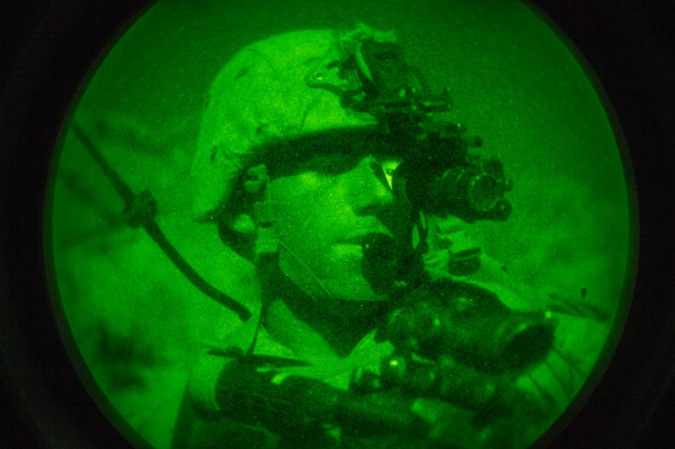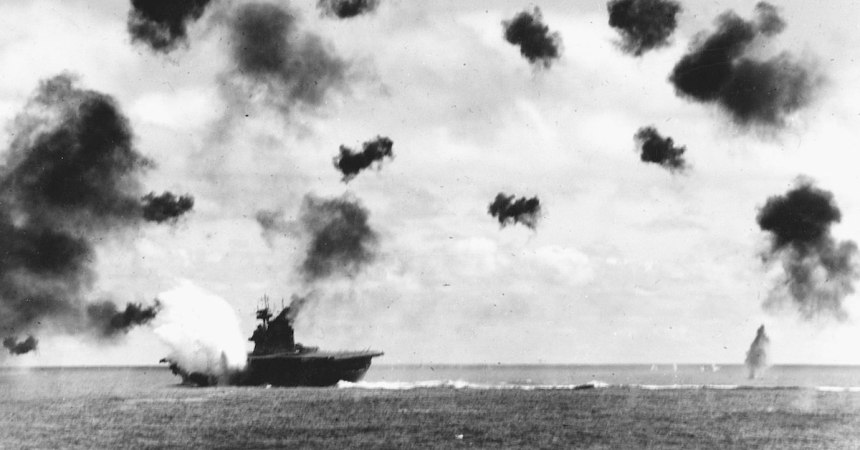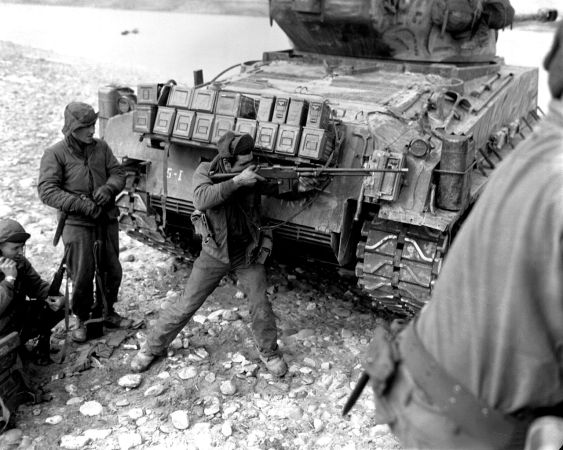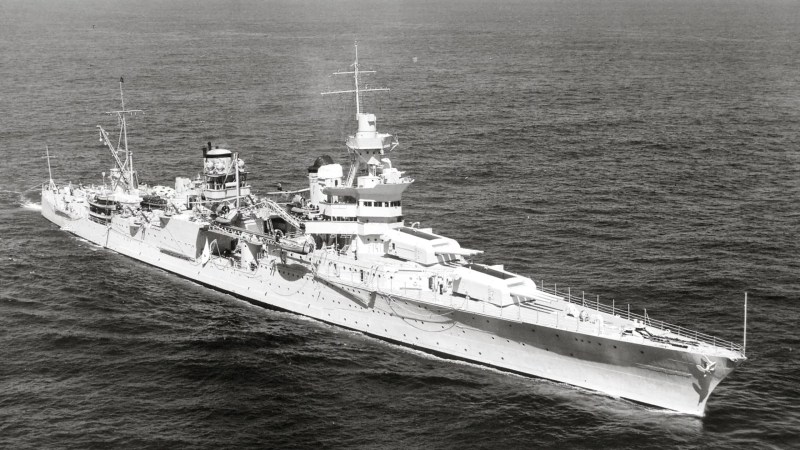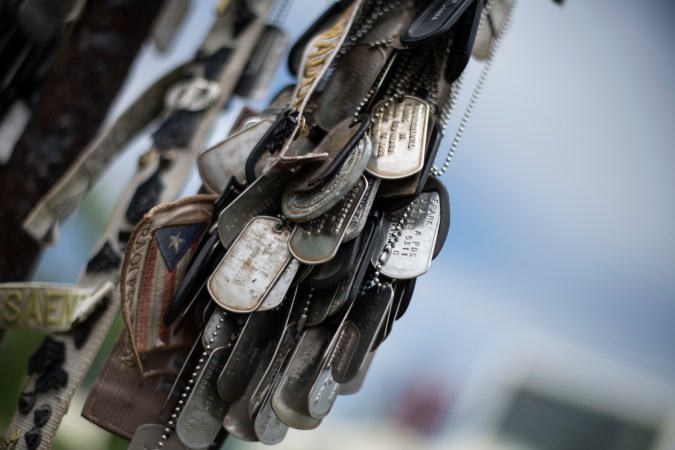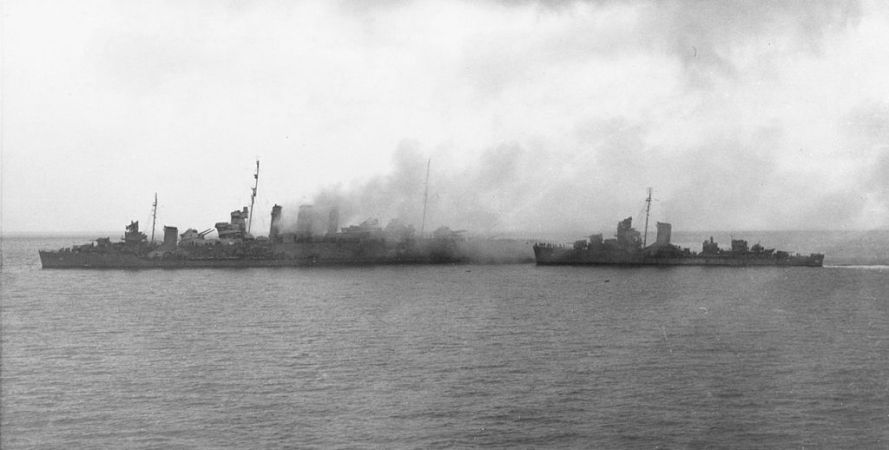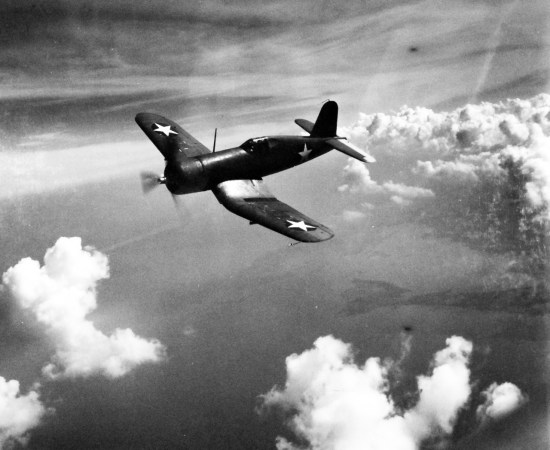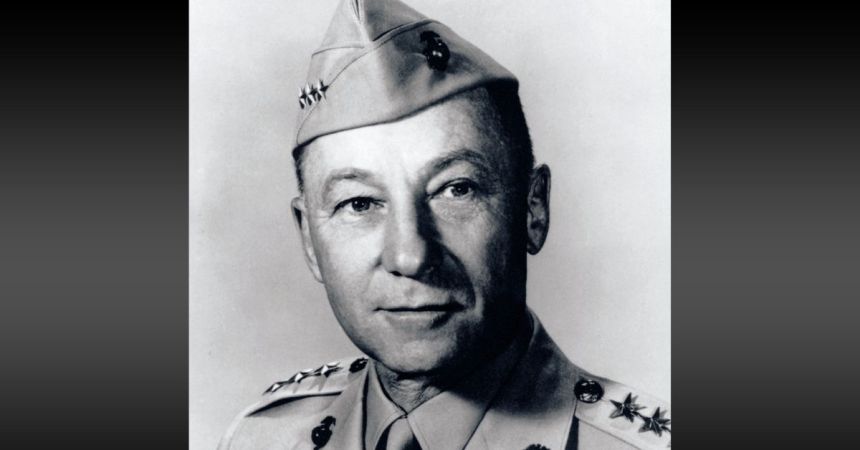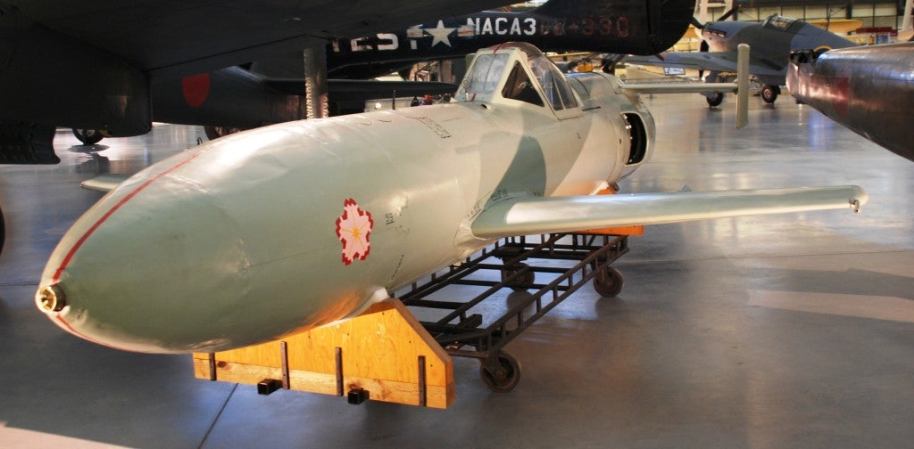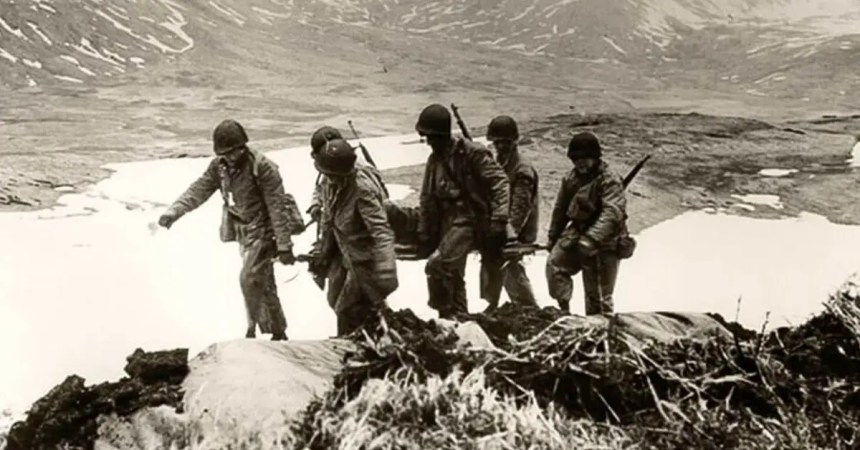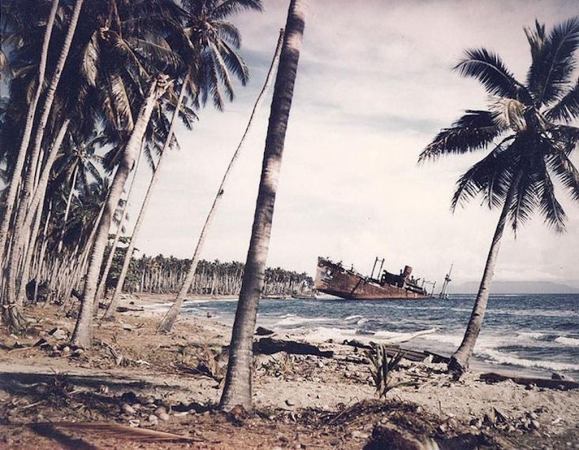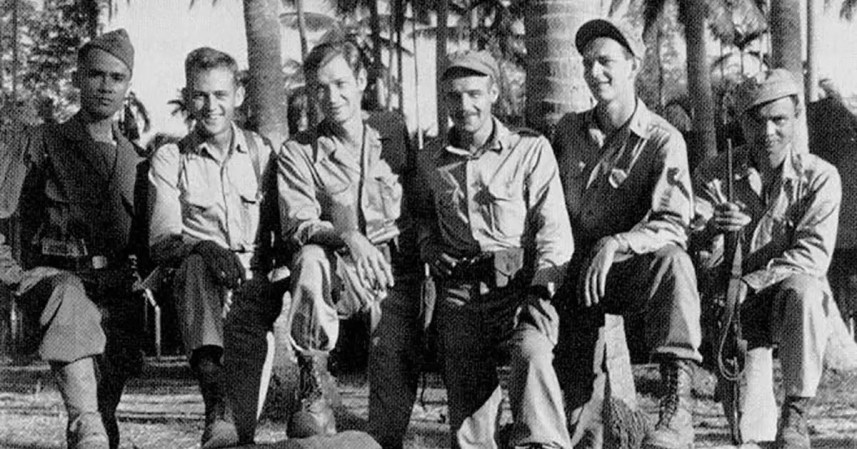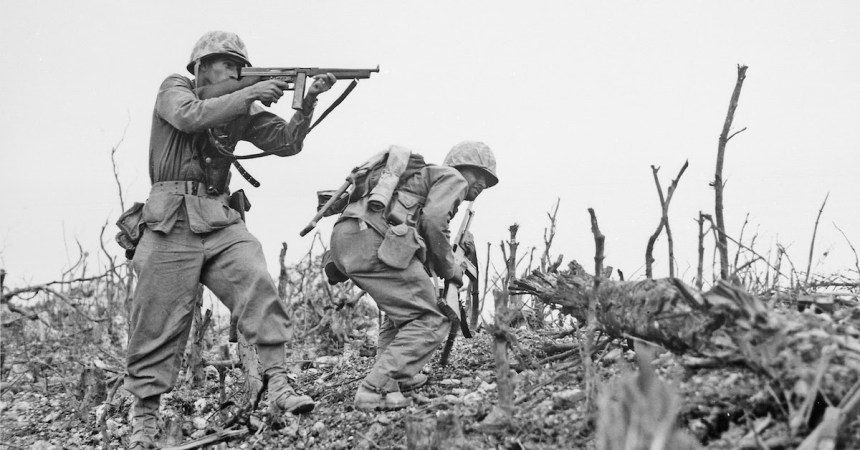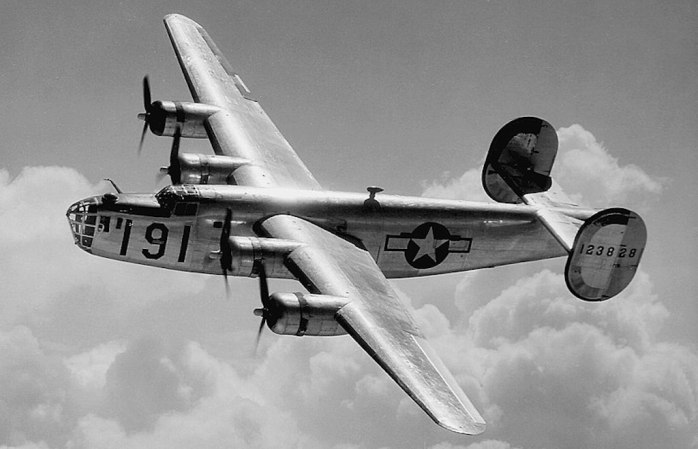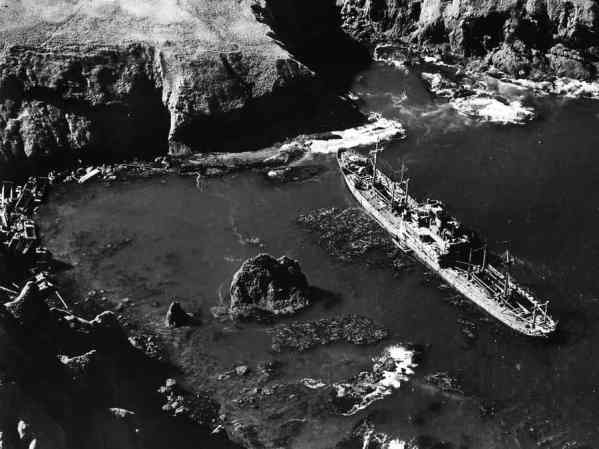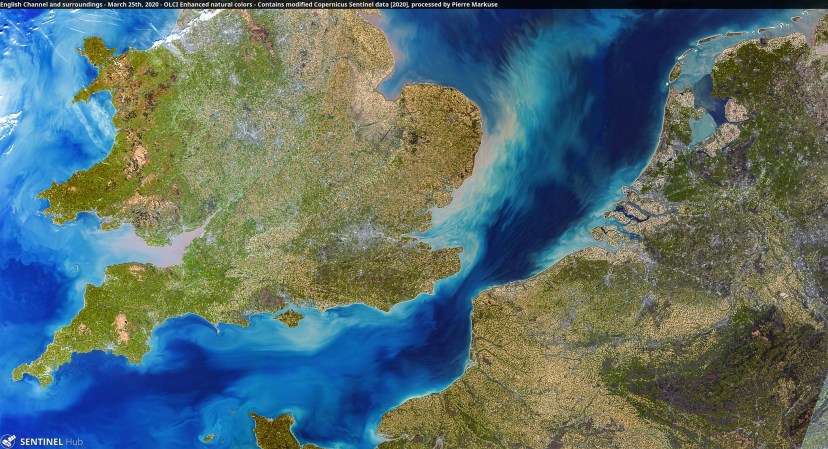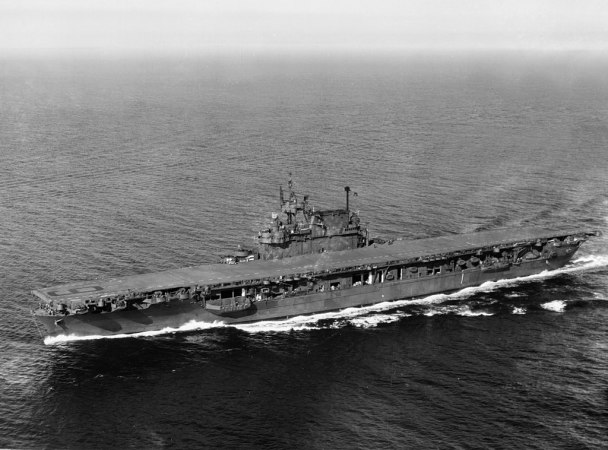The Battle of Okinawa, known as Operation Iceberg by the Allies, eventually consisted of 306,000 service members assaulting fierce defenses manned by 130,000 Japanese troops and an unknown number of local civilians, including children, drafted into the defenses.
The island was critical for the planned invasion of Japan, but the losses were enormous.
Here are 33 photos that give a look inside of one of America’s most costly battles of World War II:
1. For days before the invasion, Navy ships bombarded the island with naval artillery and rockets. This photo was taken five days before the amphibious assault.

2. A Navy Corsair fires a salvo of rockets during Operation Iceberg, the Allied effort to capture Okinawa, the largest of the Ryukyu Islands.

3. The USS Idaho shells the island of Okinawa on April 1, 1945.

4. Marines land on the beachhead already secured on the island. These infantrymen will continue pressing the attack against approximately 130,000 defenders.

5. U.S. landing ships sit beached and burning on May 4 near the mouth of the Bishi River after a Japanese air attack.

6. Famed war correspondent Ernie Pyle speaks with U.S. Marines a short time before his death during the Okinawa campaign.

7. A long exposure photograph shows the crisscrossing lines of Marine anti-aircraft fire over the U.S. airfield established on Okinawa.

8. A May 11, 1945, morning artillery barrage kicks off an all-out offensive.

9. Japanese rockets rain down on and near U.S. positions during heavy fighting on Okinawa.

10. The infamous battleship Yamato, sent to Okinawa to attempt to beach itself and act as a shore battery until destroyed, is sank at sea on April 7 before it can reach the island.

11. Army Lt. Gen. Simon Bolivar Buckner Jr., at right, surveys fighting just a few hours before Japanese artillery killed him.

12. A Sherman tank drives past a burning home. The structure was set on fire to prevent its use by snipers.

13. Marines attempt to extinguish the flames on an overturned Sherman tank. The ammo later exploded before the Army crew could be rescued.

14. Engineers construct a causeway from the island to the sea to allow supplies to be trucked from ships to shore.

15. American service members move supplies by horse in areas where the mud was impassable for vehicles.

16. Okinawan civilians hired to carry supplies line up to receive their loads.

17. A flamethrowing tank attacks Hill 60 during the Marine assault on the mound.

18. A Japanese plane goes down in flames over the ocean.

19. The HMS Formidable of the Royal Navy burns after a May 4 Kamikaze attack. Eight crew members were lost and 55 injured, but the Formidable survived the war.

20. Marine Corps infantrymen ride a tank to the town of Ghuta on April 1 to occupy it before Japanese defenders can.

21. A Marine sprints across the “Valley of Death,” a draw covered by Japanese machine guns that caused 125 casualties in eight hours.

22. Marines explode dynamite charges to destroy a Japanese cave on the island.

23. The USS Bunker Hill burns after two Kamikaze strikes in less than a minute. At least 346 sailors were killed and 43 went missing.

24. The Bunker Hill survived and returned to the U.S. for repairs. It served as a troop transport after the war before it was sent to the fleet reserve.

25. Wounded sailors are moved from the Bunker Hill to the USS Wilkes Barre.

26. Army soldiers move forward during the 82-day battle.

27. A private cuts a sergeant’s hair in the Japanese city of Shuri on the island. A medieval castle in the city survived the battle.

28. Marines rest on the side of a hill as Japanese fire prevents their further advance.

29. A tank crewmember is relocated after suffering injuries.

30. Wounded troops await transport to a ship hospital.

31. Marine Lt. Col. R.P. Ross, Jr. places an American flag on Shuri castle on May 29, 1945. Ross was under sniper fire at the time.

32. The American flag is raised over the island June 22 in a ceremony marking the end of organized Japanese resistance.

33. A U.S. servicemember visits an American cemetery. The U.S. suffered over 12,000 killed and 50,000 wounded during the battle. Japan suffered over 150,000 soldiers and civilians killed or committed suicide.




